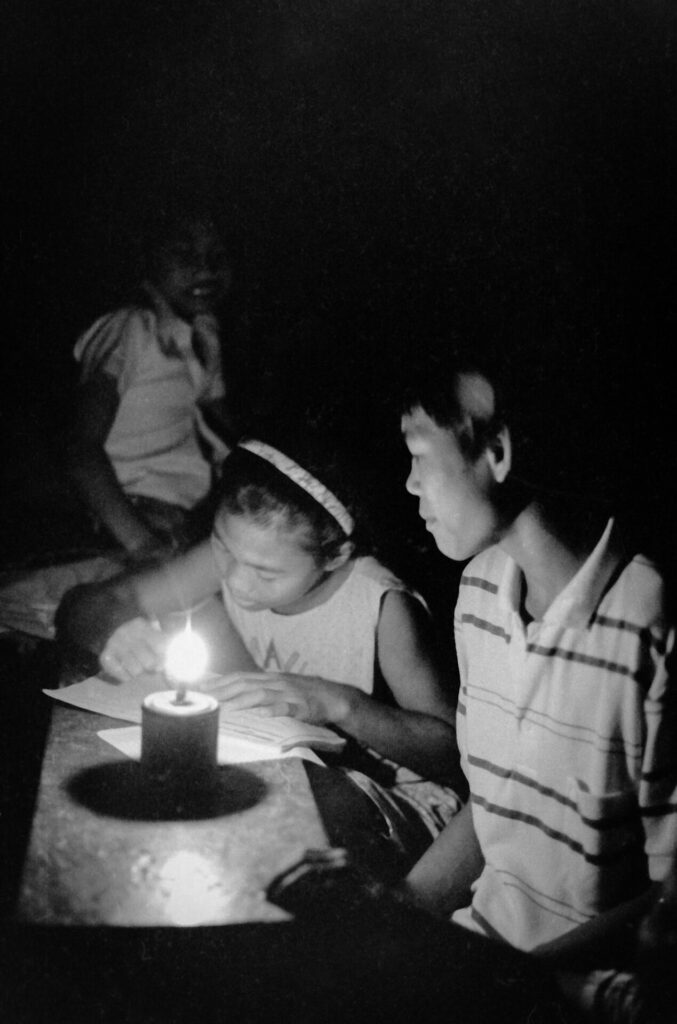by Edward M. Gerlock
Edward M. Gerlock storifies below the principles, dynamics, and power of community organizing as a sequel to his Priestly solidarity with poor farmers, “Father, did you not realize that to oppose the banana companies is subversion!”, and American priest lives with urban poor.
Sometime, late in 1989, a man from HelpAge International (Graeme Jackson) decided, on a whim, to travel from Hong Kong to the Philippines to ascertain the situation of older people in the country. Everyone he met assured him all was well with older people who were well respected and honored.
Not willing to accept easy answers, he called for a three-day consultation in which all groups working among older people were invited. At the end of the three days, the group analyzed deeply the situation and saw that indeed older people were well respected, even honored, but played a miniscule role in the workings of the society itself despite the fact that they were the repositories of knowledge and wisdom.
“Community gerontologists”
Thus began the community organizing of poor older people, the principle being, older people need another reference group besides the family.
Community organizing implies that older people take on the responsibility for their own and each other’s welfare. So, in the case of this group, primary health care was a major concern. The organizer would ask “are you yourselves willing to become community health workers?”
Doctors from a nearby hospital, studying geriatric medicine, were willing to train volunteers to become “community gerontologists” (there are currently more than 500 just in the Greater Manila Area) so it was with other areas of urgency, income generation, advocacy, home care, etc.
Lobbyists
Members sat with a congressman and helped him formulate a bill to give a “social pension” to the “poorest of the poor” and when the bill was discussed on the floor, the gallery was full of older people. The bill passed.
Currently, there are more than 900 community-based programs throughout the country (and they have a website: Coalition of Services of the Elderly COSE). A sectoral representative has been elected to the House of Representatives and the organization has an office of its own.
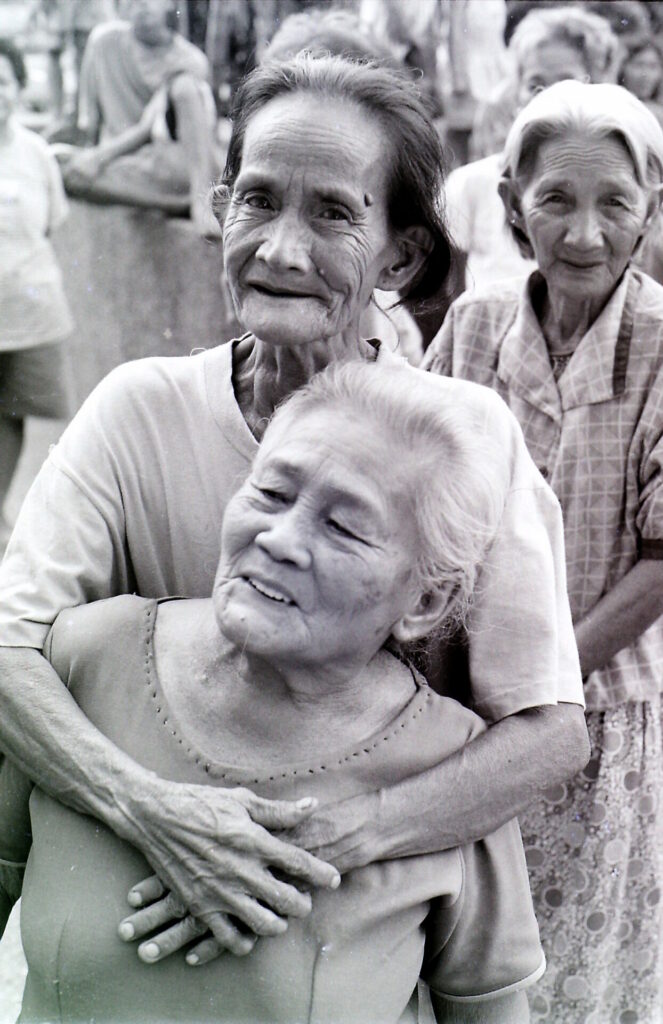
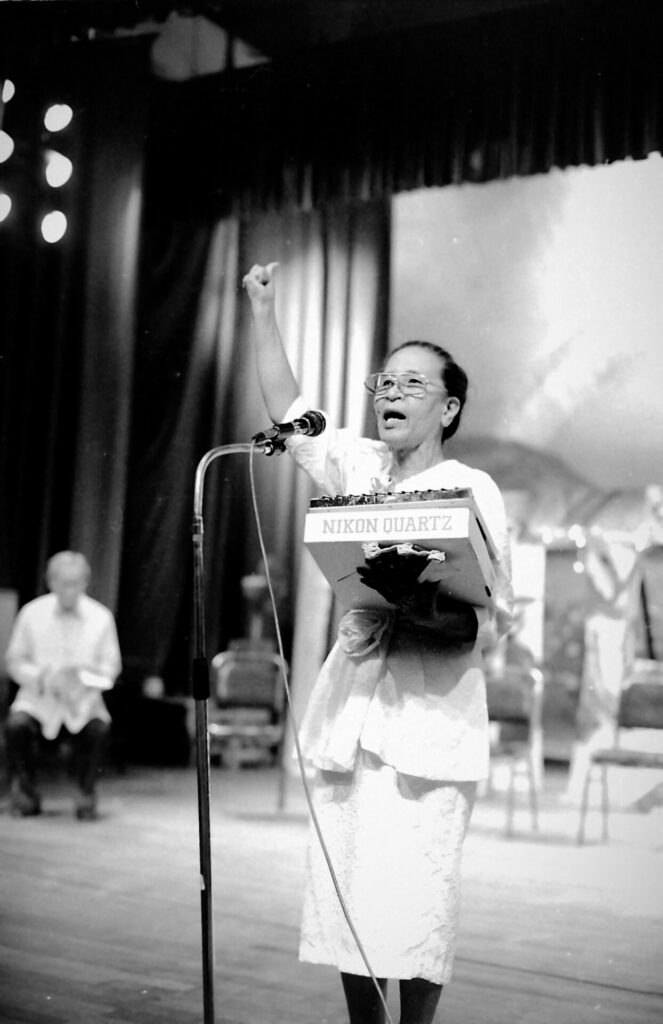
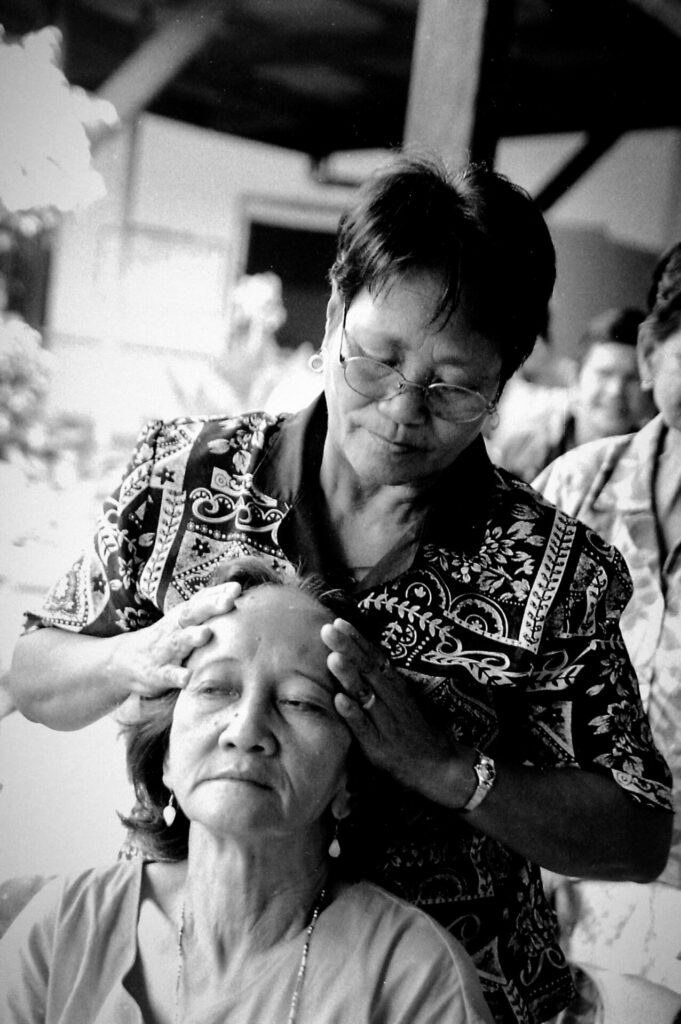
Malate’s street children
I had a close friend, an Italian priest who worked in Tondo (and was also deported!). When he came to the Philippines, he stayed with us and wanted to look up his old friends from Tondo. One of them had recently been hired by the Malate Catholic Church to organize the street children.
Malate had at one time been a wealthy area, but in recent years, it had become a tourist attraction.
The parish priest, a kindly old man, worried about the number of street children in the area and sought to establish some kind of program for them. The parish center was a multi-story building and he offered the ground floor as a center for the children.
Child to child
Because Celeste, the woman hired to organize the children, had been a community organizer in Tondo previously, she assumed the same approach with the children.
It was to be a “child to child“ approach and children who knew how to read and write could teach the majority who lacked those skills. Likewise, older children could be trained to become health workers, advocates and party planners, etc.
When my friend returned home, he asked me to join Celeste in promoting the program.
The child-to-child approach owes a lot to Celeste (“Tet”) who had been an organizer in Tondo with “Fr. “Gigi” (Luigi-also deported). She actually was from Malate and a part of the parish. The other major ingredient was Fr. Gallagher, a kindly old Columban priest who felt something should be done about the huge number of street children in the tourist belt. The third element was a parish center of three floors a half block from the church. Gallagher was willing to clear the whole first floor for street children.
Tet herself was a mother with young children and, living in the area, made a number of acquaintances as did the kids. She applied for the job in the parish and Gallagher was delighted to hire her.
The kids themselves found the parish center as a desirable place to meet. Tet with her experience of community organizing in Tondo spent months at the center just getting to meet, invite and talk with the kids.
There was tension between the children and the other occupants in the building and it came to a head one day when the head of the parish council was in a meeting on the second floor. One of the girls, thrilled with the skill of writing her own name, did so with a sharp stone on the hood of a brand-new Honda owned by the head of the parish council.
Tension had been building between the children and the mandated organizations of the parish and the autograph was the straw that broke the camel’s back.
Junior Health Workers
There were early kids at the Bahay Tuluyan (Welcome Home) Program for Street Children. There’s a photo here of two of them teaching kids (read and write) at the back of Central Bank on Roxas Boulevard, Manila. A photo shows one of the kids who did not appear at the center for a few days. A few kids who had been trained as “Junior Health Workers” went looking for him. When they came to the place where they lived, the mother said he “had flu”. The health workers didn’t know what it was, but they knew it wasn’t flu. They brought him to PGH (Philippine General Hospital). It was meningitis – they probably saved his life.
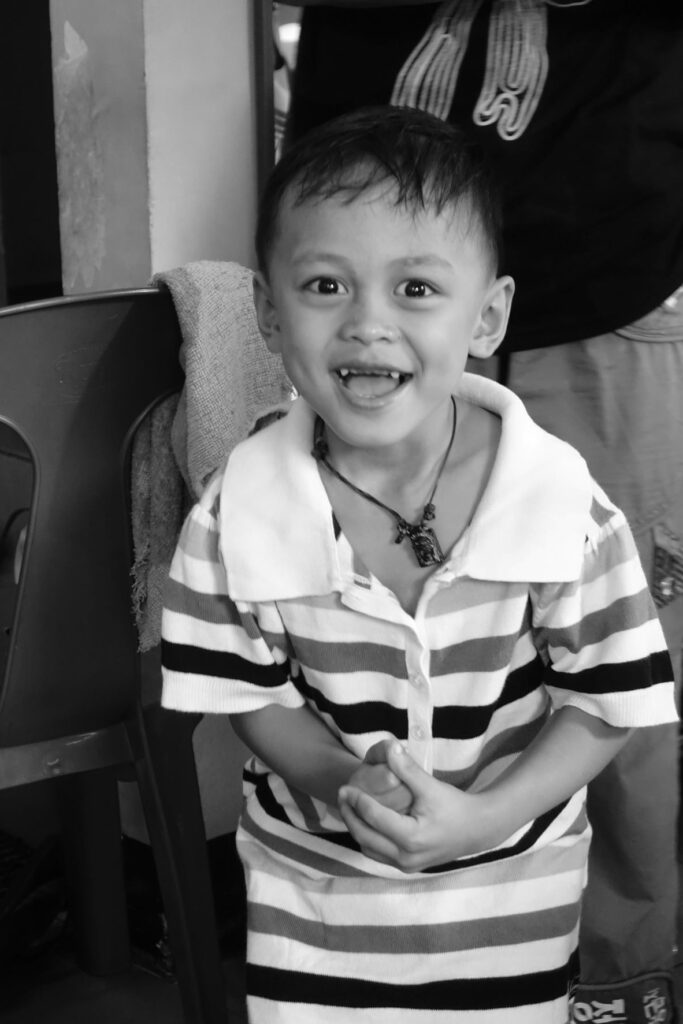
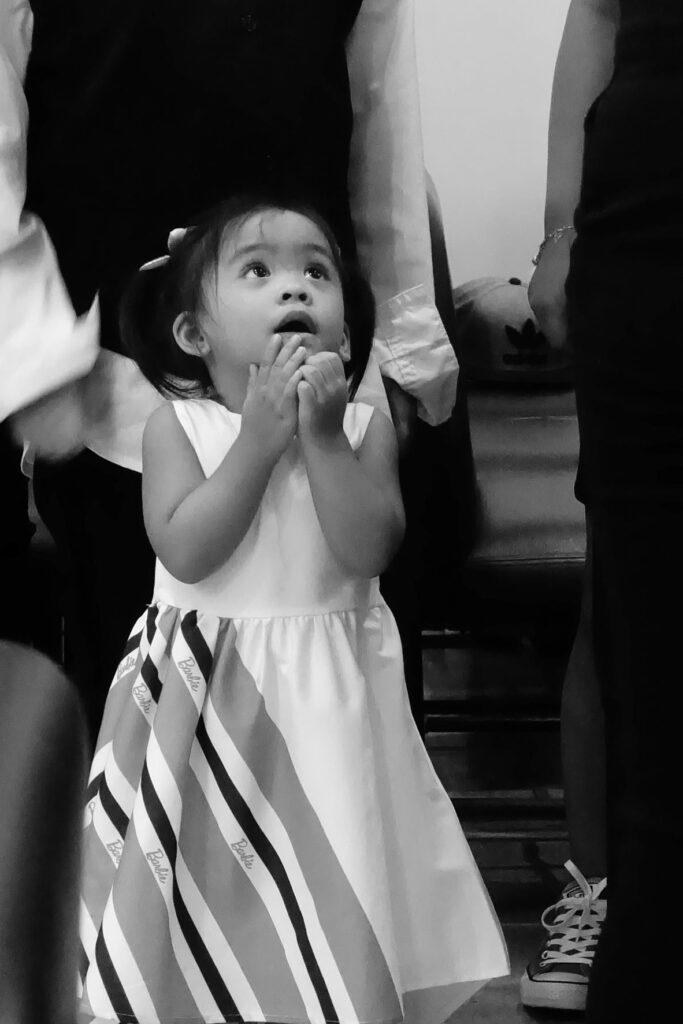
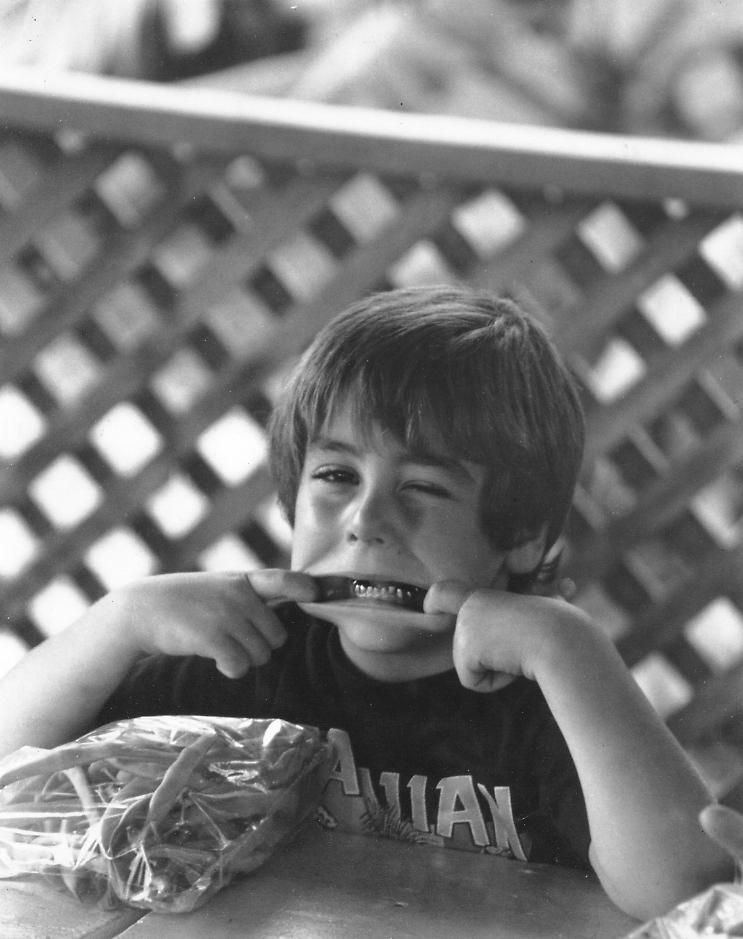
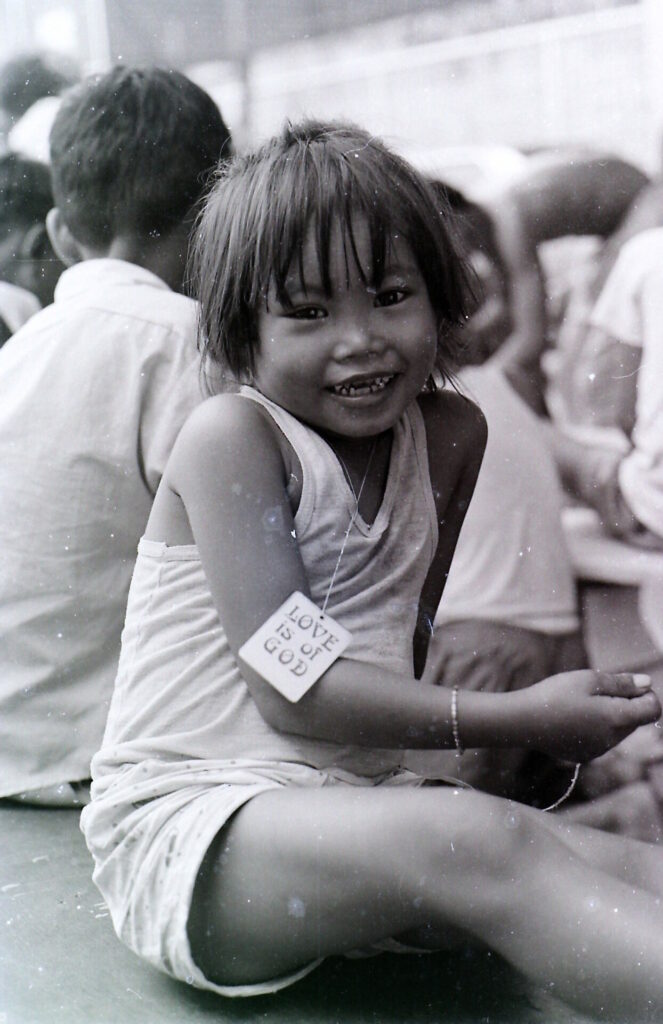
Step 1 in CO (community organizing)
I don’t think any of the kids were orphans but were children of the urban poor living on the margins of the area. In one sense, certainly, a majority of the kids thought of the center as “home” since they spent the largest amount of time and had their closest relationships there.
Step 2: Building relationships
Tet was a facilitator, not a lecturer and kids would bring up issues/problems in discussions which at times were common to the group. Tet would lead discussions around some of the most common problems and would ask the group if any of the problems seemed solvable (health, food, security, home relationships, etc.)
Tet was very much aware that some problems of the kids were more easily solvable than others and chose an easy one.
I think the fact that some knew how to read and write would have been one of them.
With some help, one child could teach another (Tet could help with methodology but the kids themselves would be the “teachers”.
Step 3: Go from the easiest to the more difficult.
It is also important to occasionally reflect on what is happening. (I often hear the old folks say “I’m only grade 2, I never thought I could….)
I might add one final note: not everyone is happy with farmers, children, or even old people finding their true identity as you can well imagine.
But it’s been very meaningful to have been a part of it—and it may well have applications elsewhere.
Participatory education
Both in the cases of older people and street children, the general society does not expect these sectors to advocate for their rights. While the expectation is that children need to be educated, the form of that education is not often thought of as participatory. For people like Celeste and myself, education worked both ways and we learned at least as much from the children as they did from us.
————————————————————————————————————————-
About Edward M. Gerlock
For the past 32 years, I have been involved in a non-government organization encouraging the formation of community-based organizations for poor older people. There are currently more than 900 such groups throughout the archipelago.
Footnotes and disclosure by Perfecto Caparas (lawyer and Pressenza contributor): Ed to friends, Edward M. Gerlock is the founder of the Coalition of Services of the Elderly (COSE). He also served as chairman of the Board of Trustees of the Bahay Tuluyan Program for Street Children. Ed introduced and popularized the child-to-child approach. Under his leadership, I served as pro bono in-house counsel and board member of Bahay Tuluyan and successfully prosecuted child sexual abuse cases in the Philippines and, as collaborating counsel of Defence Children International-The Netherlands, in The Netherlands as well. Years later, I collaborated with Bahay Tuluyan in submitting a shadow report to the UN Committee on the Rights of the Child (Geneva).


